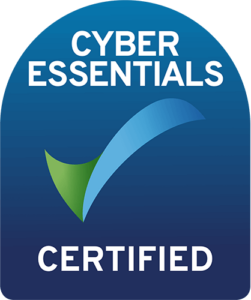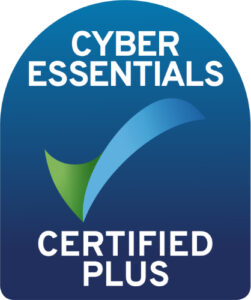Depending on your business needs, SAP Business One can be used in a variety of ways and isn’t limited to a single approach. For example, you might have a mixture of users that work both remotely and within an office. In this case, it’s important to have the flexibility within deployment methods.
There are still cases where a dedicated on-site solution works well. If your business is solely office-based, with no requirement for remote working and you have the dedicated server room and existing network infrastructure, this will still be the perfect fit.
So, let’s explore the available options and get you started with a beginner’s guide to the methods and terminology so that you can make the best-informed decisions for your organisation.
Dedicated Cloud Hosting
SAP Business One is traditionally a fat client application. Although, theoretically, it’s possible to run the client over the internet, we wouldn’t recommend this. At Thinc, we use technology to deliver effective solutions and allow the user to experience the full fat client experience, presented with the bandwidth requirements of a thin client application. This allows full use of SAP Business One over a stable internet connection.
A dedicated hosting solution means that your business owns the platform, and its resources are not shared. We recommend dedicated hosting solutions to customers who:
- Are required to communicate outside of the network or with third parties.
- Have complex technical needs.
- Are spread across multiple locations, with remote workers.
- Need a solution capable of communicating with third-party software, such as an eCommerce platform or EDI.
Multitenant Cloud Hosting
Like the dedicated cloud hosting, SAP Business One is also available in the format of a cloud-based solution on a multitenant architecture. This method of delivery differs from the dedicated solution in that the architecture used is shared between multiple users and businesses which means that it can be highly cost-effective in comparison to a dedicated solution.
There are no added security implications to this approach as each user’s access is “ring-fenced” to limit the data available to them. The downside, however, is that it’s limited to low user counts with no external communication.
A multitenant cloud offering would be the best fit for smaller businesses with simple requirements, looking for a quick platform to get started on.
Remote Desktop or Browser-Based Access
At Thinc, we recommend either remote desktop protocol (RDP) or browser-based access.
Both methods offer extremely flexible solutions, allowing access on most devices and remove the need for a Windows operating system. Using these methods enables SAP Business One to be compatible with almost any machine, whether it’s an Apple Mac or an Android tablet.
RDP is a method that allows users to connect to another computer remotely. This gives you full use of SAP Business One’s fat client application but presents it graphically in a way that reduces bandwidth requirements.
Utilising SAP Business One
There are many ways in which we can deploy SAP Business One and which one will work best for your business comes down to your specific requirements.
Get in touch with one of our expert SAP consultants to explore the best options for your business.


